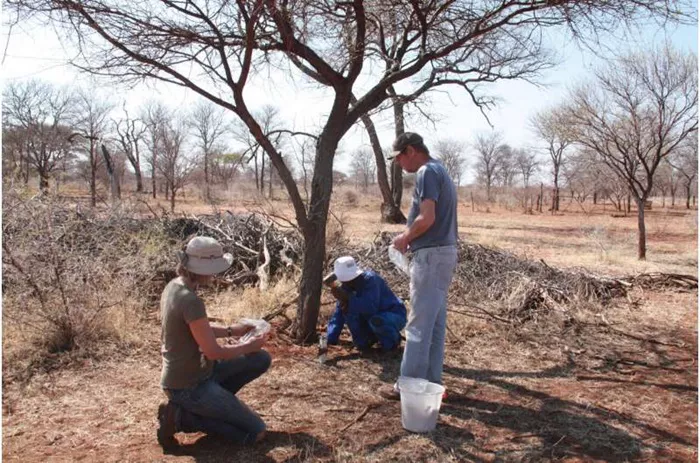Study Reveals Key Factors Influencing Vegetation in Drylands.
Recent research has shown that precipitation, temperature, and grazing are the main factors affecting the growth of woody and herbaceous species in dryland regions. This finding comes from a large global study involving researchers from Potsdam.
The study examined 92 sites across 25 countries and six continents. It found that drylands worldwide tend to become more woody under certain climatic conditions and specific livestock grazing. This shift can lead to a loss of essential ecological functions in these regions. The results of the study were published in the journal Science Advances.
Drylands—including deserts, grasslands, steppes, shrublands, and savannahs—cover approximately 41% of the Earth’s land surface. However, human-induced climate change is altering their structure and functioning. A notable change is the growing spread of woody plants, particularly in grass-dominated ecosystems. This transformation reduces the usability of these areas as pastures.
Dr. Liana Kindermann, a co-author from Potsdam, emphasized the importance of understanding these factors. “To predict and manage the effects of global changes on ecosystems, we must grasp what influences woody vegetation in drylands. These areas are expected to be significantly impacted by climate change,” she stated.
The international research team conducted a comprehensive field study to explore various factors affecting the presence of woody species. They looked into biotic interactions, fluctuations in resource availability due to climate and soil conditions, and natural disturbances such as fire and grazing.
Their findings confirmed that climate, soil properties, and grazing are the primary influences on woody plant populations.
The study revealed that increased annual rainfall in areas with low water-holding soil benefits woody species, allowing them to spread. Similarly, as average temperatures rise, tree cover tends to increase, peaking at around 15°C. However, if temperatures continue to rise beyond this point, tree cover generally decreases.
The research also highlighted the role of grazing in these transformations. In areas with heavy grazing by horses or cattle, woody cover tends to increase. In contrast, increased grazing pressure from goats leads to a decrease in woody plants.
To address the growing dominance of woody species, Namibia has been producing charcoal from its savannahs. This process involves removing select invasive species to improve pastureland productivity, as noted by Prof. Dr. Anja Linstädter.
Despite these insights, the study underscores the complexity of these processes. Prof. Dr. Florian Jeltsch from the University of Potsdam stated, “Our analysis shows that multiple influencing factors and their interactions must be considered together to accurately predict and ideally manage vegetation changes.”
Related topics:
- Scientists Propose ‘Vaccinating’ Plants to Ensure Global Food Security
- Climate Change Disrupts Ant-Plant Relationships
- Scientists Find Method to Create Genetically Identical Plants


